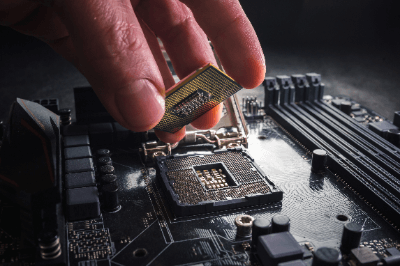What Is an MCU?

MCU, short for micro controller unit, is often considered synonymous with a microprocessor. It is a crucial component in computers, including elements like MCU, memory, graphics, HDD drives, and input/output devices such as Ethernet communication interfaces.
The primary function of an MCU is to read and execute instructions stored in memory. It plays a vital role in the processing and operational control of computers and various electronic devices.
Uses of MCUs
MCUs are integral to computers ranging from supercomputers to consumer devices like smartphones and tablets. They are also prevalent in consumer electronics (such as TVs and audio equipment), vehicles, and professional measuring instruments. By incorporating peripheral hardware, MCUs enable device miniaturization and specialization for specific applications.
Principles of MCUs
MCUs are designed to sequentially read instructions from memory, decode, and execute them, performing arithmetic operations and interfacing with peripheral devices. The set of instructions within the MCU defines its capabilities and the actions to be taken for each instruction.
Other Information on MCUs
1. Functions of MCUs
Advancements in semiconductor technology have allowed MCUs to integrate functions like memory, graphics, and interfaces, contributing to device miniaturization. Integrated graphics enable data display on connected displays, while built-in Ethernet communication functions allow network data processing.
2. Difference Between MCU and MPU
While MCUs and MPUs (Micro Processor Units) share similarities, they differ in key aspects:
- Number of Arithmetic Bits: MPUs typically have 32 to 64 bits, offering higher computing power compared to MCUs’ 8 to 32 bits.
- Operating Frequency: MCUs generally operate at around 16 MHz, whereas MPUs often exceed 400 MHz, indicating faster processing speeds for MPUs.
- Power Consumption: MCUs usually consume less than 1 W, making them more power-efficient than MPUs, which can consume tens of watts.
MCUs, being more limited in functionality and lower in performance compared to MPUs, are chosen for their low power consumption and cost-effectiveness, particularly when their capabilities are sufficient for the desired function.